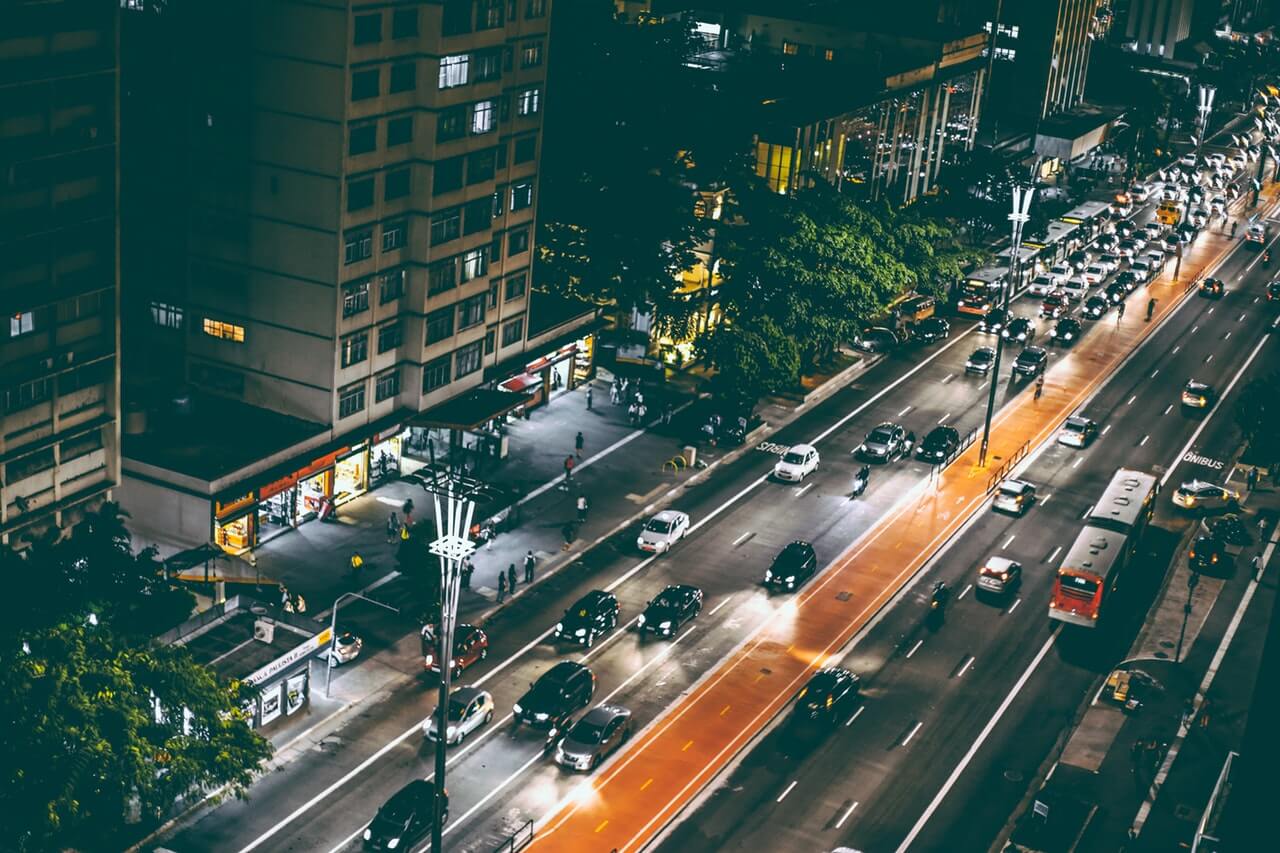From passenger vehicles to heavy-duty freight trucks to railways to water vessels, the use of world transport energy has more than doubled over the last 30 years. It is little wonder that use has grown so rapidly; modern transportation has completely changed the way people live and work. For example, rather than working in a big city and living nearby, people can now live in the suburbs an hour away and take transportation into the city.
Crops grown on one side of the country can be quickly and easily transported to a location that could never grow that produce before it has time to wilt. Consumers can order a product online and have it same-day delivered to their door from a location hours away.
Although they are convenient, these activities can also lead to carbon monoxide and global carbon dioxide emissions that are linked to pollution, respiratory and cardiovascular problems, and irreversible climate change. With increased use, the effects on soil, water, and air quality will only continue to worsen.

Unfortunately, most governments are not getting involved in the problem, meaning that as road traffic will likely double again by 2050 if there are no changes, these issues will become bigger problems. Since most of the growth is predicted to be in the use of light-duty, passenger vehicles in developing companies, including people moving from more rural areas to urban zones, it is important to consider the ways that advancing technology can be used to improve these issues.
The evolution of wireless connectivity, mobile apps, and EVs means that there are more options than ever before to change the way that transportation energy is consumed and expended. Perhaps most excitingly, there is a real push for the more widespread integration of driverless cars.
With companies like Ford and General Motors already investing in automated parking, driverless cars seem to be the next natural step as these auto manufacturers and companies like Google, Uber, and China’s Baidu find ways to improve vehicle-to-vehicle and vehicle-to-infrastructure communication with the goal to have autonomous vehicles on the road between 2020 and 2025.
Such innovation could be the logical companion to carsharing and ride-hailing services like Lyft and Uber that are currently providing driving services for individuals. In fact, seeing the future of travel could be why these non-manufacturing companies are getting involved in the advancements from the beginning of the process.
A recent report by Navigant Research examined the predicted upheaval of carsharing, vehicle electrification, and autonomous vehicles from now until 2050 through interviews with industry-leading engineers, executives, and marketing professionals.
These factors, combined with the trend of people moving toward urban regions, is increasing the demand for more mobility options and on-demand services that have provided success for Uber, Car2Go, and other similar options. This means that tech companies and car manufacturers will have to start considering that personally owned vehicles may be a thing of the past as self-contained, on-demand, electric mobility becomes the norm.
The future of public transportation and its relationship to the environment continues to be a driving force behind transportation innovations. With the idea of driverless transportation on the horizon as the best approach to reducing air, noise, and water pollution, there will likely be a gradual reduction in the number of individually owned vehicles on the road by the 2030s.
However, many cities are taking an early run at reducing personal vehicles by offering EV technology and carsharing solutions to reduce overwhelming pollution and traffic congestion. Fewer cars means less air pollution, and driverless technology allows cars to travel more closely together thanks to their advanced sensors.
With more people living and working in the cities, reducing traffic congestion, which often leads to even more emission pollution, is an important aspect to improving ridesharing possibilities.
In addition, urban areas such as London, Rome, and Beverly Hills are already piloting electric public vehicles like driverless buses, shuttles, and taxis. The large number of sensors and processors necessary on a public transportation vehicle to maintain proper and safe operation requires a great deal of electric power, making these vehicles prime targets for EV status.
With such large urban centers interested in instituting and using this type of technology, there is likely to be increased and ongoing experimentation and implementation worldwide.
In order to properly protect the environment and advance human mobility, tech giants and automotive manufacturers need to work together to provide logical solutions. The key to solving many of the climate and environmental issues seems to be the conversion to electric vehicles that are silent, emission-free, and safe.
For even more environmental impact, these future vehicles should run on electricity produced by either wind or hydro power. However, these power options are still under investigation and experimentation. No matter when these innovations come about, one thing is for certain: We are living in exiting times in the world of transportation.
